On February 2, Juno made a fourth flyby of Jupiter and sent back more spectacular images of its poles. The spacecraft is now in a very long elliptical orbit lasting 53 days, and due to fear of a malfunction in its engine, it has not yet performed a rocket burn to enter a shorter orbit around Jupiter. The long route does slow down the pace of the mission, but does not harm Juno's ability to achieve its goals.
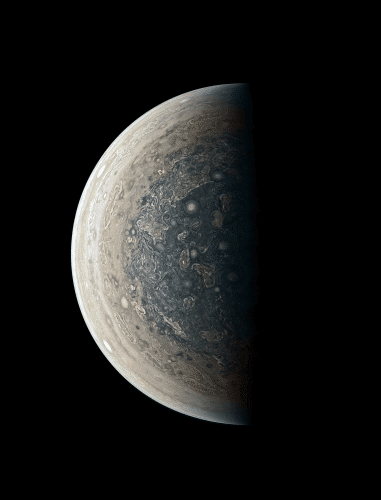
The Juno probe, which arrived at Jupiter in July of last year, performed a flyby near Jupiter on February 2, during which it approached to a distance of only 4,300 km from Jupiter. All of the probe's scientific instruments were operational during the flyby, which, in addition to its visible-light camera, includes spectrometers and magnetometers that study various aspects of the planet.
NASA has released several images from the latest flight. in one of them, which appears at the top of the article, shows the south pole of Jupiter, where many storms occur. The image has been processed to emphasize the colors. The polar region of Jupiter in the image still looks a little "foreign" compared to the familiar appearance of belts and bands seen in Jupiter's more equatorial latitudes, which pre-Juno spacecraft have imaged (e.g. This photo from the Cassini spacecraft that passed near Jupiter on its way to Saturn in 2000).
Juno is able to reveal the poles of Jupiter in great detail due to its unique orbit around it: its orbit is tilted about 90 degrees to Jupiter's equator, and it circles it from pole to pole. This orbit also allows her to photograph and study Jupiter globally, since, due to its self-rotation, with each flyby she photographs a different area of the planet.
The photo at the top of the article was indeed published by NASA, but it was edited by a citizen who is not related to the American agency. As part of NASA's attempt to share the mission with the public, the raw images from the spacecraft's visible light camera (JunoCam) are published on the mission site And anyone can process them. The public can too to point out Before each fly, which areas of Jupiter will the camera point to.
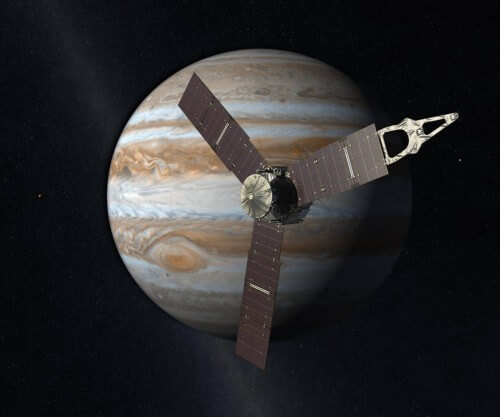
Juno's next flyby of Jupiter will take place on March 27. The probe is now in a very long elliptical orbit that lasts 53 days. This orbit was intended to be only an initial orbit, and Juno was originally planned to then enter a shorter 14-day orbit. The repair of the rocket track was planned to be carried out in October of last year, but NASA postponed its execution due to fear of a malfunction in the helium valves in the rocket propulsion system. NASA delivered Because she is considering whether to carry out the correction of the route later or to give it up altogether. In any case, correcting the route is not essential to accomplishing the mission's objectives, but will only significantly shorten the waiting time between flights.
So far, the probe has made four flybys near Jupiter, although in one of them it was Accidentally entered safe mode where her scientific instruments were turned off. The mission researchers are expected in the coming months to publish detailed articles from the data the spacecraft has collected so far. Among other things, Juno revealed that Jupiter's magnetic field and its auroras, which are formed under the influence of the magnetic field, are larger and stronger than researchers thought. Another discovery is that the bands and belts seen in the upper cloud layer of Jupiter are not just external and superficial phenomena, but they extend inward into the depths of Jupiter.
See more on the subject on the science website:
- Difficulties in orbit: the Juno probe entered a safe mode and missed the photos of the close pass to Jupiter, October 21, 2016
- The Juno spacecraft arriving at Jupiter this morning will investigate, among other things, whether the giant planet has a core, July 5, 2016
- How does the Juno spacecraft manage to absorb solar energy from a distance of about 600 million km from the sun, August 5, 2016
More new photos from Juno:
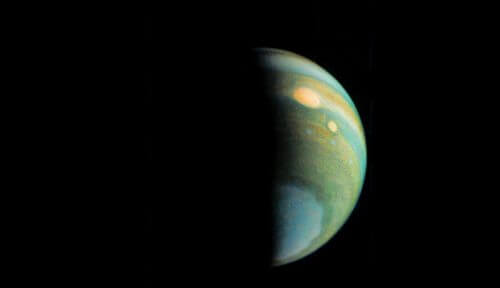
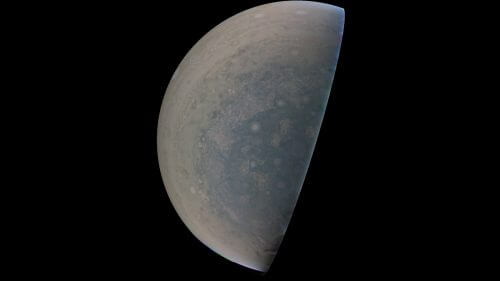
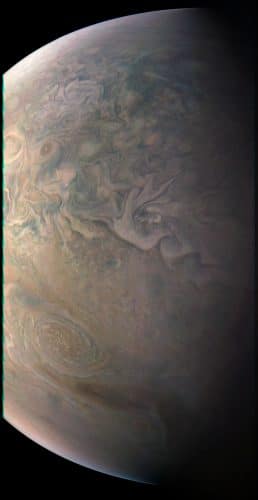
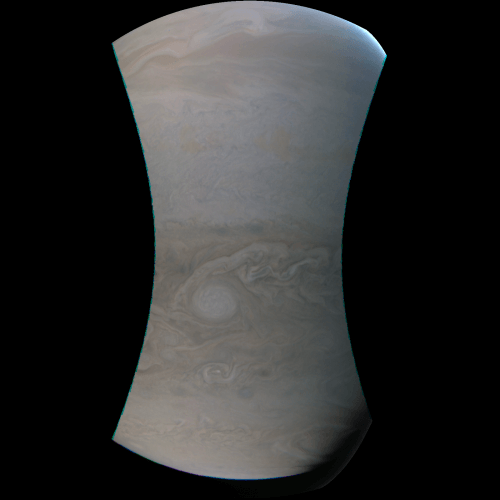

2 תגובות
Juno's main goal is to study Jupiter and its internal composition, so the path chosen for it is not really suitable for observations of Jupiter's moons. It is possible (I am not entirely sure) that there will be opportunities for some photography of the moons, but these will be from a very long distance.
Isn't he supposed to take pictures of Europe?